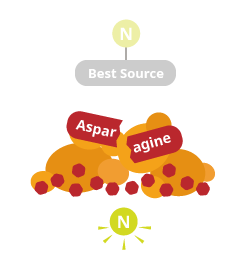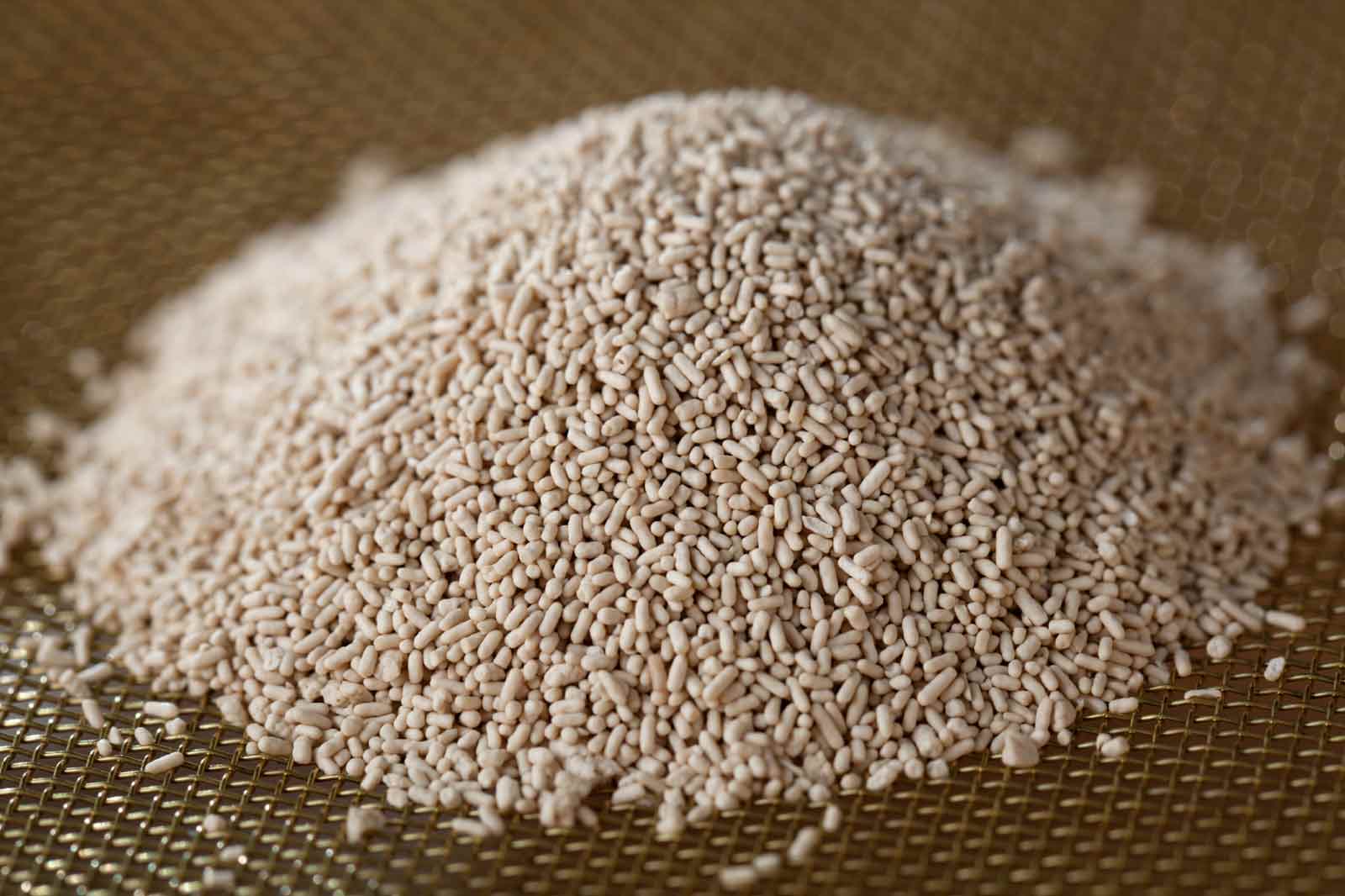Evolution, Not Manipulation
Yeast is naturally able to reduce acrylamide by consuming asparagine using asparaginase, a protein that is normally inactive. Using traditional techniques, we adaptively evolve yeast to activate both their asparaginase protein and their acrylamide-reducing abilities.
Classical trait selection. Zero GMO technology.
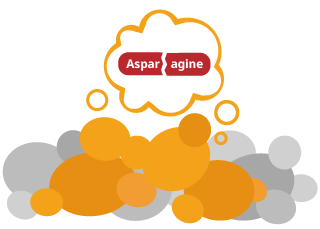
Step 1. Select
Grow baker’s yeast in a way that favours only those strains that can break down asparagine under ideal conditions
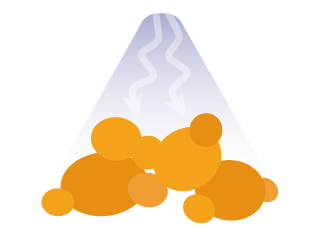
Step 2. Diversify
Stimulate selected yeast with UV light to increase genetic diversity, which increases the range of the conditions where they can degrade asparagine.
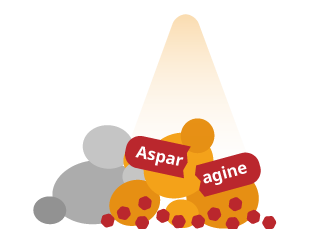
Step 3. Re-Select
Re-select yeast for ability to degrade asparagine, this time under conditions which normally suppress this ability
As a whole, these adaptive evolutionary processes mimic natural evolution, but on a much faster time scale that is useful to humans. The end result is a collection of non-GMO, quality baker’s yeast strains that offer high performance in baking applications, all the while reducing acrylamide by breaking down asparagine in the environment.
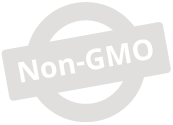
Evolution
Nature adapting to its environment.

Birds who eat seeds evolved thicker beaks: birds with thicker beaks were better at cracking seeds, allowing them to eat more, have more (thick-beaked) babies, and generally out-compete birds with thinner beaks in areas where seeds are the major food source.
Adaptive Evolution
Natural evolution that is directed and sped up by humans to create organisms that are useful to mankind.

Humans have used adaptive evolution to develop Brussels sprouts, broccoli, cabbage, and cauliflower all from one ancestral plant: Brassica oleracea.
Evolving Yeast
Humans have been using yeast to produce bread and alcohol since at least 10,000 BCE.

Adaptive evolution during this time has led to the development of different yeast strains that are highly specialized for producing wine, beer, bread, etc.

How Yeast Reduces Acrylamide

Like humans, yeast need to build proteins to live and grow.
Proteins are made up of amino acids, which contain nitrogen.
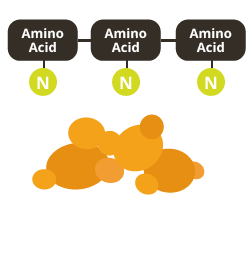

To make proteins, yeast has become very good at breaking down nitrogen sources.
Yeast selects the best nitrogen source in their environment, and breaks it down to get the nitrogen.
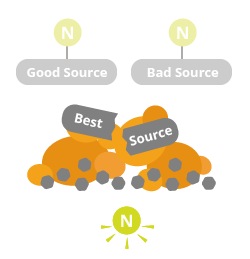

Yeast can break down the amino acid asparagine (precursor of acrylamide), but usually don’t do so in environments typical to food production because better sources of nitrogen are abundant.
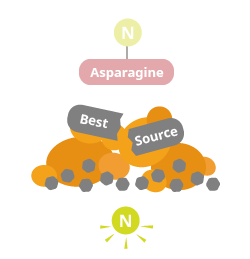

By using adaptive evolution, we've re-trained baker's yeast to reduce acrylamide (by breaking down asparagine) regardless of the environment.
